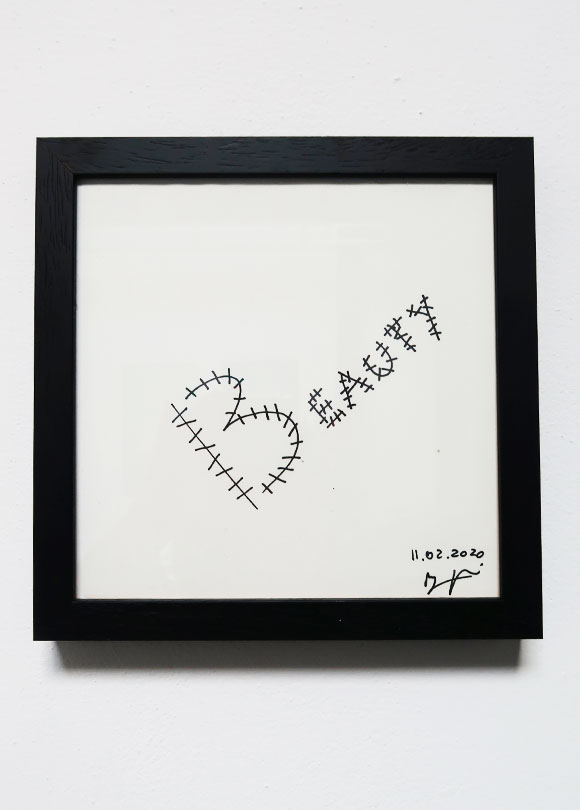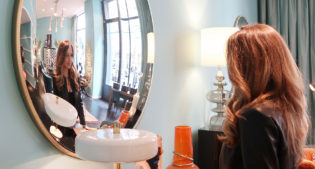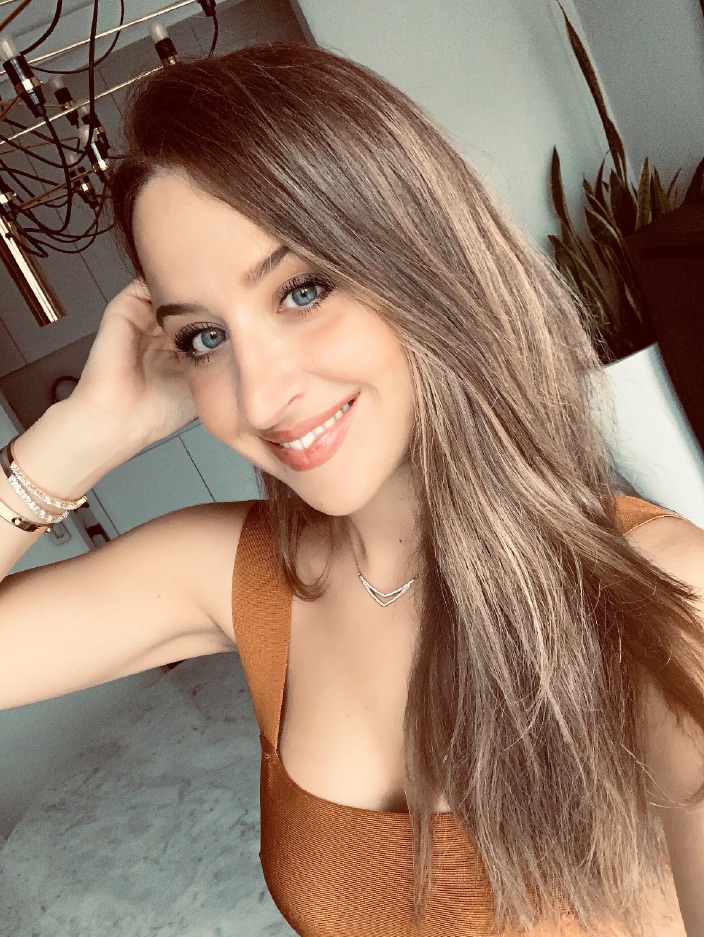I met Matteo Ragni about two years ago.
When I met him I immediately liked his attitude towards design and his style of being elegant and easy going. This is why I asked him to talk to us – amongst other things – about his work, what inspires him and what his concept of beauty is, which we can summarise as a reflection of beauty within the scars and imperfections which characterise all of us.
What is Take my lapis (aka “pencil”)?
Take my lapis is an encounter that I have devised and dedicated to you, you can see it on my blog, on Instagram and on my IGTV channel.
It’s born from a belief: if it’s true that beauty will save the world, then beauty has the duty to be strong and shared. In these encounters you will meet various designers who will then share with us their idea of what beauty means to them.
In this first encounter, I asked the designer Matteo Ragni – winner of the Compasso d’oro in 2003 – to put pen on paper his ideal of beauty. From this encounter we now have his sketch, an interview and video which you can find on IGTV or below.
I went to find Matteo Ragni in his Milano studio. It is a creative space with an atmosphere that reminds me of the Achille Castiglioni Foundation but in a more contemporary version. In fact Matteo’s studio is alive, full of books, design objects, inspirations and different contrasts.
You can see it here:
Here is the complete interview with Matteo Ragni
Matteo, tell me, what is design for you?
Design is my life: I couldn’t live without design. But design, on the other hand, could probably live without me.
What – however – isn’t design, in a society where everything is becoming or has already become, design?
You can say that everything is design, but we must find a way to understand which is good design and which is bad, because we are surrounded by objects that someone – for better or worse – has thought about and created. The theme is mostly cultural: we need to understand which discriminating factor makes us see an object as good or bad design.
What do you think it is?
In a word, common sense, every product should be designed to solve a function. Often, however, people think that a design object must absolutely costs more and be slightly bizarre. Some imagine that designers must dress in a slightly eccentric or “total black” way because it’s professional and they perhaps have a few dozen pens in their pockets. For me common sense is synonymous with design, that is that each person must think of the correctness of the objects they design.
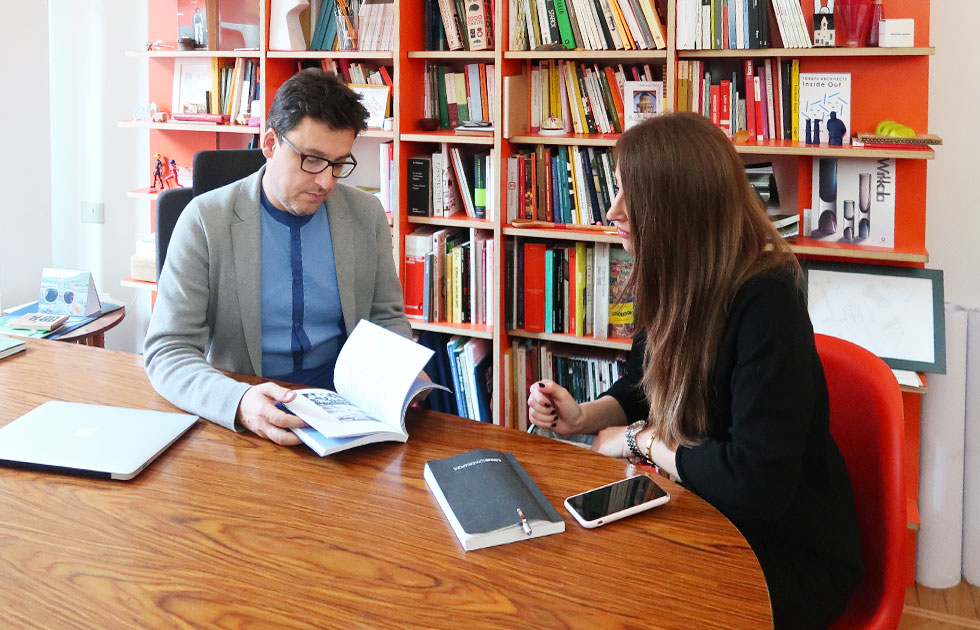
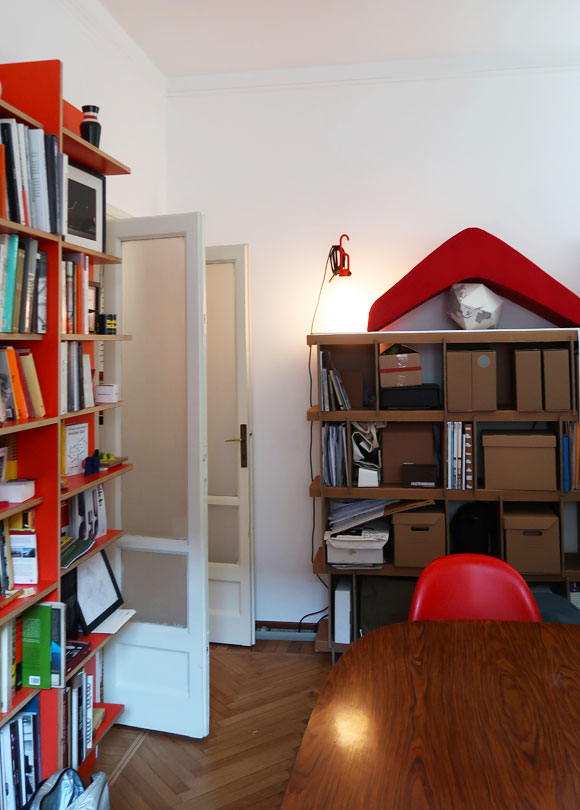
If you hadn’t become a designer, what would you be doing today?
My plan B, even from when I was a child, has always been to be an ice cream maker. Yes, I really like ice cream, so my idea was to also design an ice-cream shop…
Instead, you are a successful designer. I have a curiosity, which is a bit personal, it’s this: if your child saw you today, what would he think?
I think he would be very happy to see me still so passionate about what I do, even after all these years. Even today I still feel like a child and I have fun working.
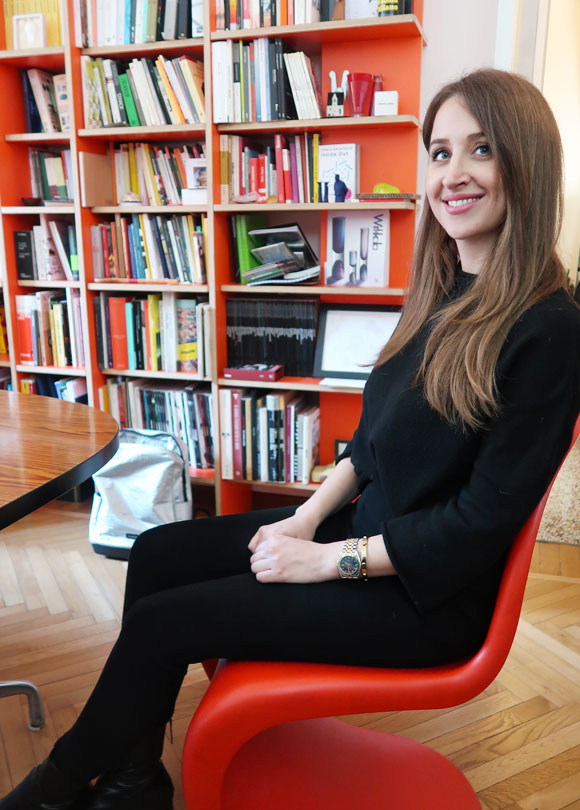
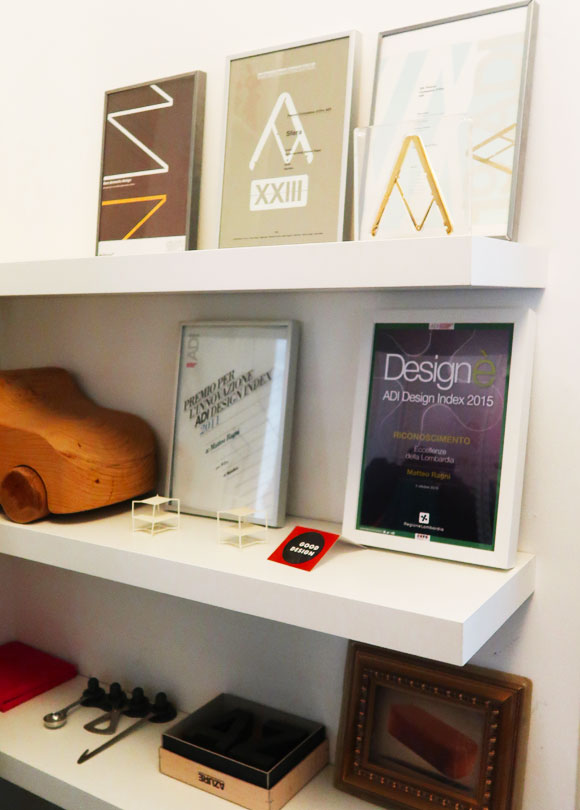
And, a project that is not yours, that you would have liked to be yours?
The wheel, in the sense that I would like to have invented the wheel. It is an object that has changed the fate of humanity, it’s an archetype. I don’t know who invented it, undoubtedly an unknown designer with no idea of royalties (him or his descendants), but I must say whoever invented it is a good designer. He had a great idea.
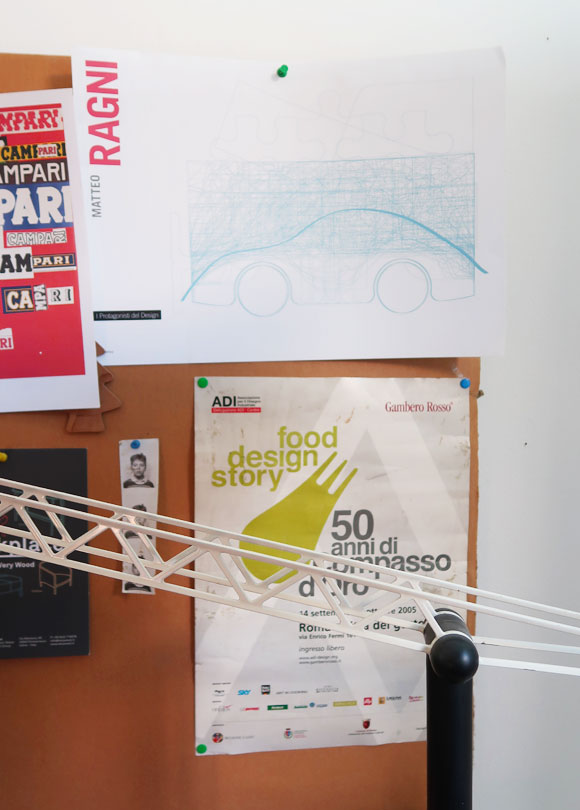
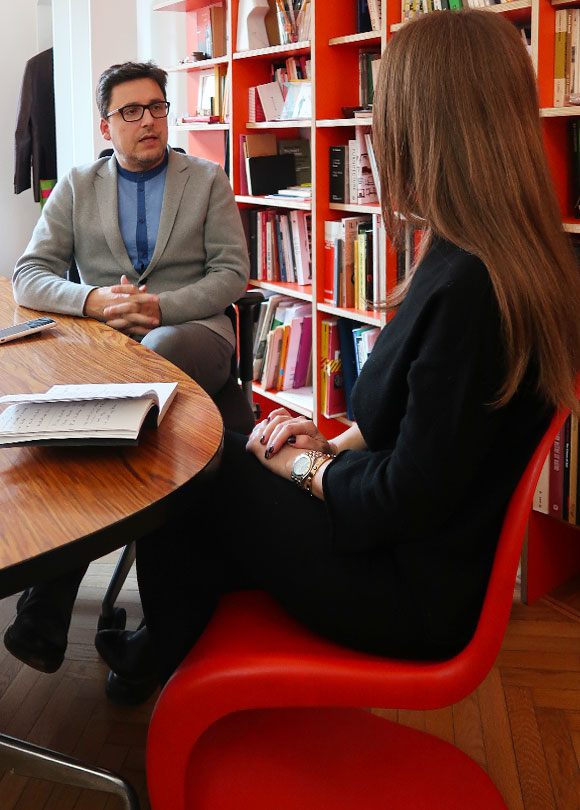
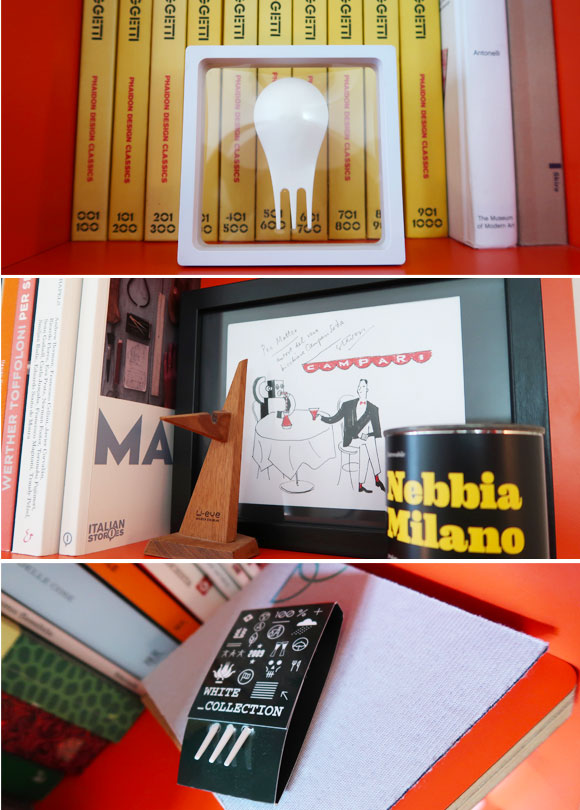
Which one of your projects represents you the most?
Well, that’s difficult, it’s a bit like choosing who is your favorite child: you can’t. I must say however, that I am very fond of my first project that went into production because it’s a completely useless object.
Can you remind us what it is?
It was a lectern called Oplà, even the name was strange. It was a lectern designed out of personal need: at that time I was a student, a little tired of architecture. When I was studying my mother saw me leaning over my books and when she entered my room she would tell me to buy a lectern because my back was hunched over and I would never find a girlfriend and I would spend the rest of my life at home and this she didn’t like. So a little exasperated by her insistence, I designed a lectern with a jig saw. I liked it, it worked well. I took my project to a company and after 6 months they presented it at the Salone. It all seemed so fantastic, I thought that the world of design was more or less like this: you have an idea, make a prototype, give it to a company, they produce it, you get royalties and then stop working.
Obviously, life is not always like that, but it was a good start and it stimulated me to design object, some useless and some less useless, from chairs to lamps…
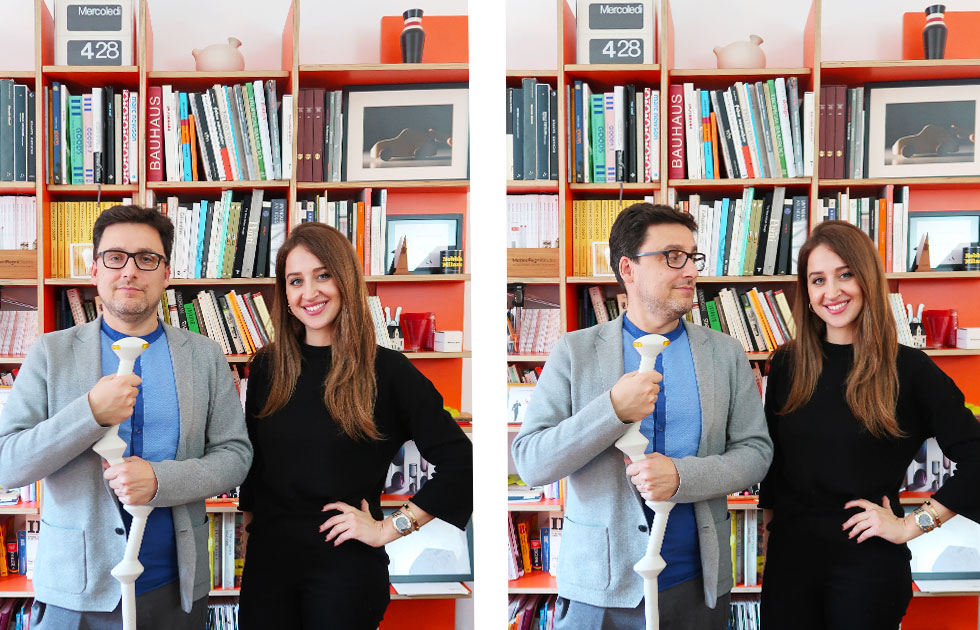
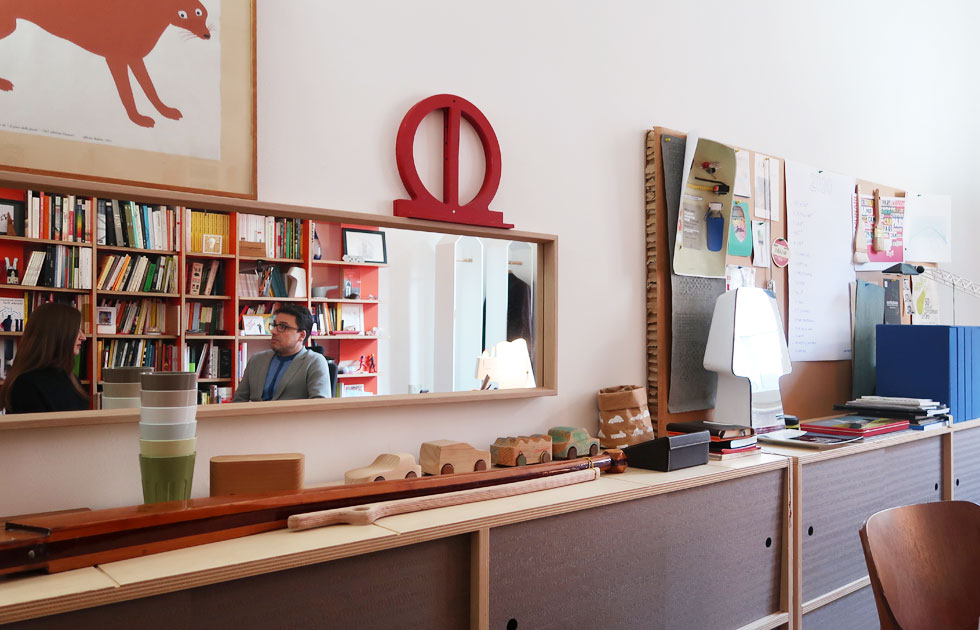
What is your main font of inspiration?
Castiglioni said: “if you are not curious, then forget it”, fortunately I consider myself quite curious. I am very interested in watching the way people behave. It seems like I spy on people but really I like to know, for example, what they buy: I’m one of those who looks inside the trolly of the person in line at the supermarket. This for me is continuous inspiration, which certainly doesn’t come from Instagram or Pinterest. Real life helps you choose data and information which is useful in all ways but also in your projects and designs.
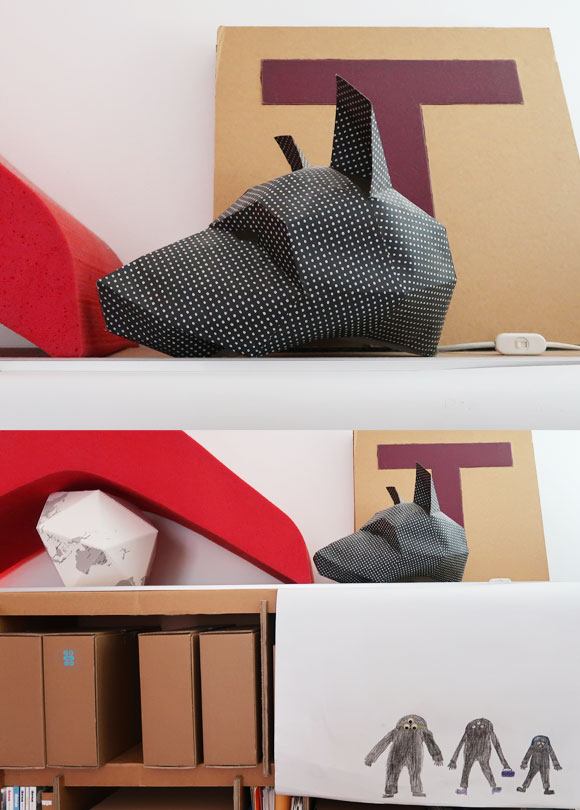
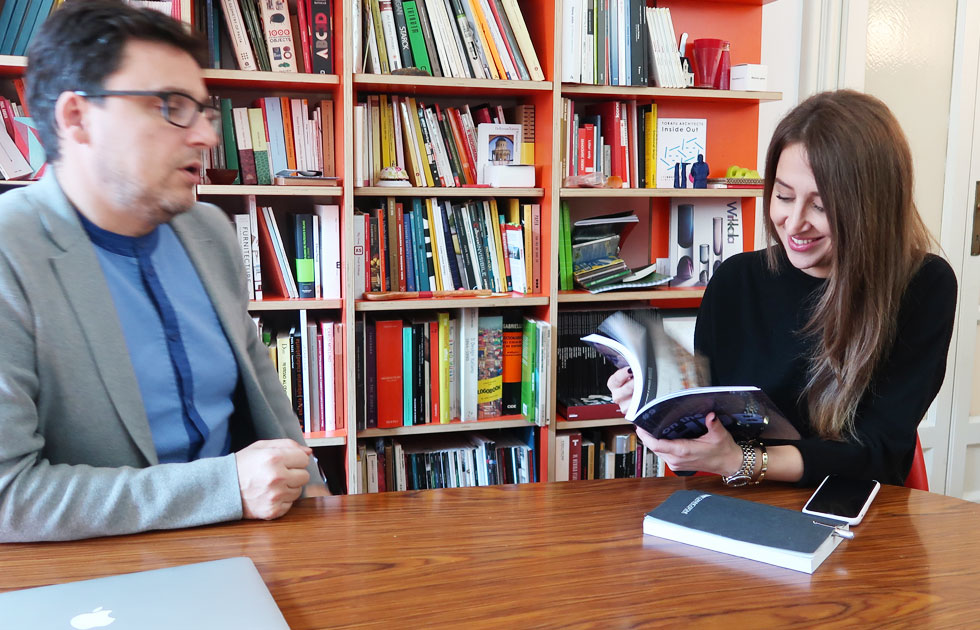
Do you think designers design for themselves or for others? Is there a middle ground? What is your approach?
Usually the designer should design for the community, but it’s also true that if you belong to that community you design for also for yourself. Sometimes designers design for their own ego, and this can be a bit of a bad thing, in the sense that we should think more globally, in terms of a community. There are different stages of our lives, so clearly in the beginning you are full of energy, you also think that you must project yourself as a designer to make a place for yourself in a competitive society. Then with age, you understand that your ego becomes an “us” and this “us” for me is beautiful.
Therefore, an evolution?
An evolution of the species, yes. I’ve never thought about being an archistar, but in the beginning I thought about making objects I liked and that somehow others should like too. Now it’s an inverse path: sometimes I think about what people might like. And sometimes I make products that I wouldn’t put in my home.
But you like it though?
That I like, of course, but there is such a vast market, full of incredible cultures… Often this happens to me, perhaps when I’m teaching at the university, to have the opportunity to make a cultural trip 10 minutes away from my home and see people who come from far away places and the understand that your idea of a beauty code can be completely different to theirs and this does not mean that ours is better than theirs.
For me it’s fascinating, that is to think that an Indian would consider a design produced by an Italian designer.
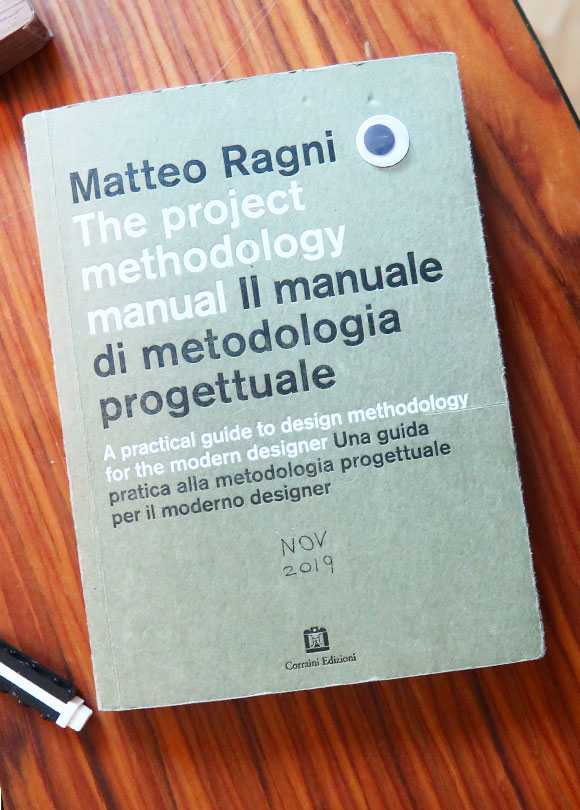
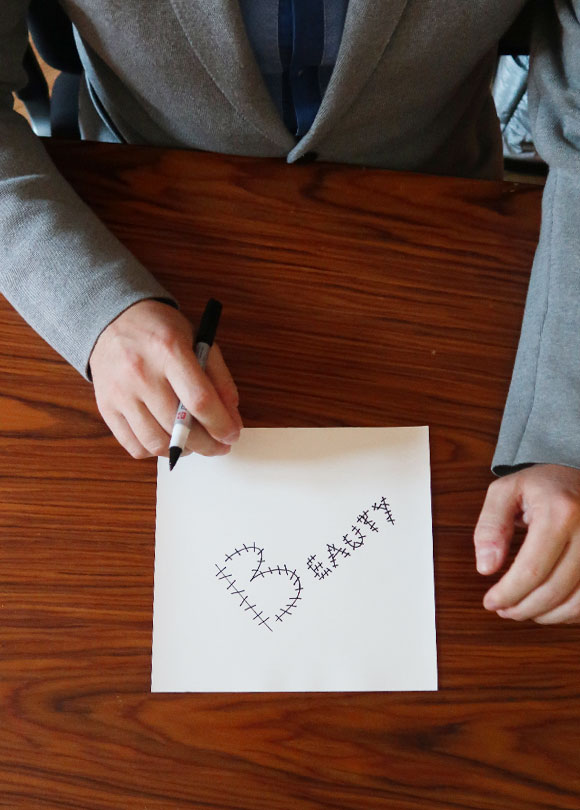
You mentioned beauty and I’m going to ask you the last question on this topic: is beauty necessary or ephemeral and why?
Beauty is necessary. Definitely necessary and ephemeral, in the sense that what is beautiful today, may not be beautiful tomorrow. It’s a bit like a plant: it evolves. I like to think that in ten years I will have different tastes and that interpretations of the real world are different. I like to think of this evolution. The beauty, in my opinion, isn’t symmetrical. There was a concept of symmetry in the past but now I like a lot what the Japanese call wabi-sabi, which is precisely perfect imperfection. This idea of imperfection fascinates me a lot because it’s a real topic, which often contrasts with what we want to express about ourselves, even over the social media. So it’s about being a little wabi-sabi: showing ourself as we are, with our own imperfections, which is very human.
